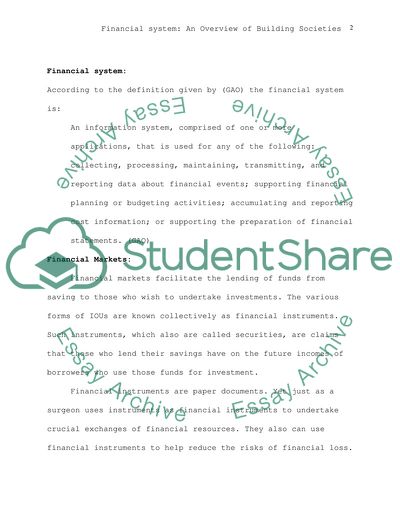Cite this document
(Financial System: An Overview of Building Societies Case Study, n.d.)
Financial System: An Overview of Building Societies Case Study. Retrieved from https://studentshare.org/finance-accounting/1703037-building-societies
Financial System: An Overview of Building Societies Case Study. Retrieved from https://studentshare.org/finance-accounting/1703037-building-societies
(Financial System: An Overview of Building Societies Case Study)
Financial System: An Overview of Building Societies Case Study. https://studentshare.org/finance-accounting/1703037-building-societies.
Financial System: An Overview of Building Societies Case Study. https://studentshare.org/finance-accounting/1703037-building-societies.
“Financial System: An Overview of Building Societies Case Study”. https://studentshare.org/finance-accounting/1703037-building-societies.


